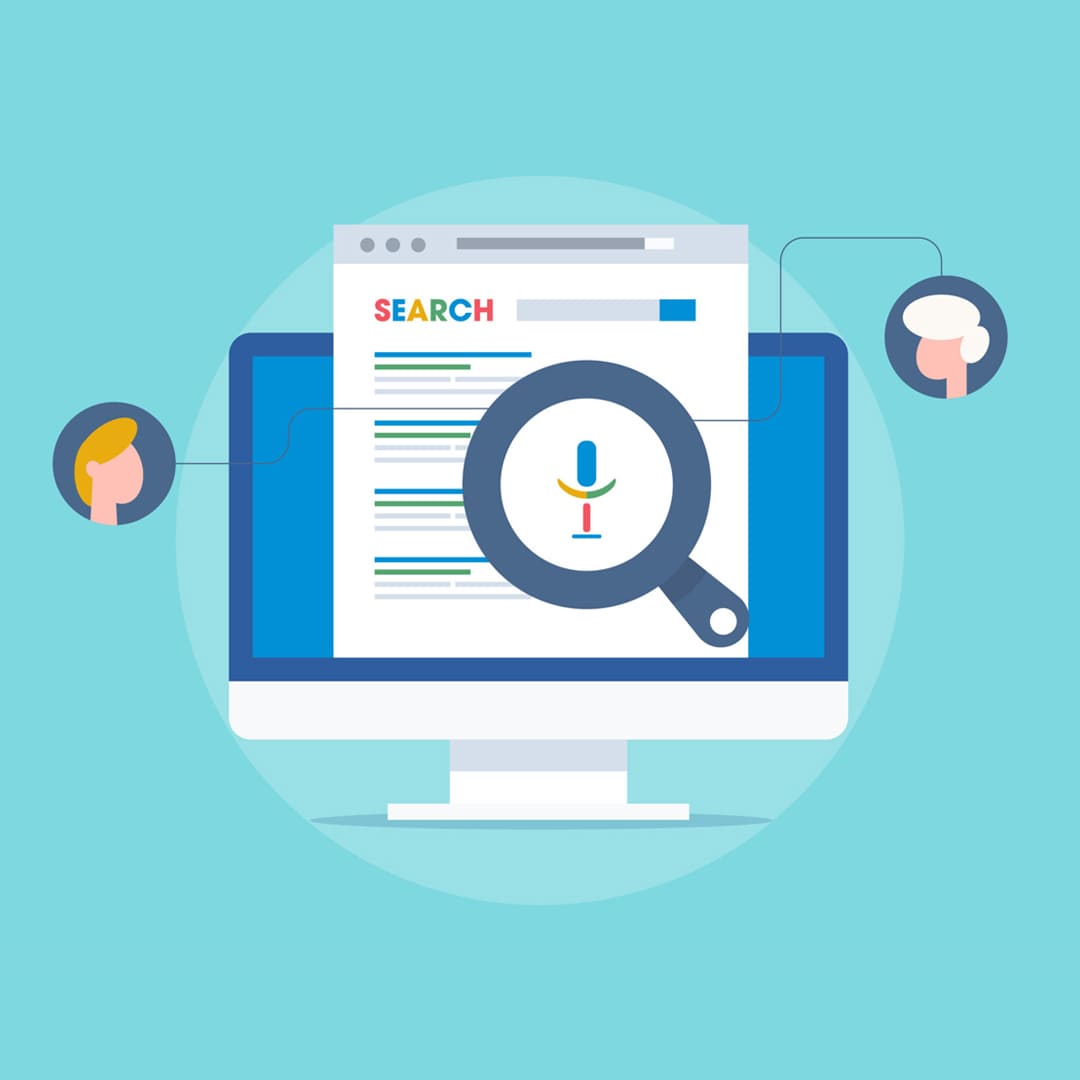Leveraging Scrum and Agile Methodologies: A Complete Guide

Efficiency and adaptability are now essential in today's fast-paced, dynamic business environment. Traditional project management strategies struggle to keep up with the rapid evolution of technology and frequently shifting customer demands. Agile and Scrum approaches revolutionize how teams approach projects in this context. Agile and Scrum offer cutting-edge frameworks for handling challenging jobs since they are founded on the ideas of adaptability, cooperation, and incremental progress. Agile emphasizes constant adaptation to changing requirements and customer needs, while Scrum offers a structured approach through its defined roles, events, and artefacts. Together, these methods have revolutionized project management, enabling teams to do excellent work, easily adapt to change, and foster a collaborative atmosphere where creativity can flourish. We will analyze the fundamental ideas behind Agile and Scrum in this research, comprehending its tenets, procedures, functions, and real-world applications in the realm of modern project management. Organizations are continuously looking for methods to improve their project management procedures to meet the demands of a more competitive and dynamic environment in today's fast-paced and constantly changing business world. In recent years, two methodologies—agile and scrum—have significantly grown in popularity and revolutionized project management. These approaches, which emerged from the software development sector, have found use in a number of different sectors, demonstrating their worth in providing services, promoting teamwork, and adjusting to change. We will go further into the Agile and Scrum techniques in this extensive blog post. We'll look at their antecedents, guiding principles, and key ideas, and how they complement one another to enhance project management. We will also go over their benefits, difficulties, and practical applications. You ought to have a thorough understanding of these approaches and how to use them in your organization by the time this essay is up.
The Birth of Agile
Historical Context
Traditional project management approaches have shortcomings, which led to the development of the Agile methodology.Before Agile, software development projects were often managed using the Waterfall model, which followed a sequential and rigid process: requirements, design, implementation, testing, deployment, and maintenance. While this approach worked well for many projects, it struggled when it came to handling complex, dynamic projects with evolving requirements.
The Agile Manifesto
To tackle these issues, seventeen software developers banded together in 2001. The Agile Manifesto, the cornerstone of the Agile approach, was created by them. Twelve guiding principles and four core values are outlined in the Agile Manifesto as well. These ideals prioritize people and their relationships over procedures and equipment, functional software over extensive documentation, customer cooperation over contract negotiations, and adapting to change rather than sticking to a schedule.
Agile Principles
The Agile methodology is built upon a set of principles that prioritize flexibility, collaboration, and customer satisfaction. Some key principles include:
a. Customer Satisfaction: Agile focuses on delivering value to the customer, often through iterative and incremental development.
b. Embracing Change: Agile welcomes changing requirements even late in the project, recognizing that it's a natural part of development.
c. Self-Organizing Teams: cross-functional and self-organizing are the features of agile teams which allow them to adapt and make decisions independently.
d. Frequent Deliveries: Agile promotes regular and incremental releases, ensuring stakeholders can provide feedback early and often.
Agile Decoded: A Deep Dive into Agile Methodologies
Agile is not a specific methodology but rather a set of values and principles that various methodologies and frameworks use to guide their practices. Some popular Agile methodologies include:
a. Scrum: A widely adopted Agile framework that focuses on iterative development, with roles such as Scrum Master, Product Owner, and Development Team.
b. Kanban: A visual management system that helps teams manage and optimize their workflow.
c. Lean An approach that emphasizes reducing waste, improving efficiency, and maximizing customer value.
d. Extreme Programming (XP): A methodology that emphasizes engineering practices and collaboration among team members.
The Rise of Scrum
Scrum is one of the most popular Agile frameworks and was developed independently from the Agile Manifesto by Jeff Sutherland and Ken Schwaber. Scrum borrows heavily from Agile principles and is designed to improve productivity and flexibility in project management.
Scrum Framework
The key elements of scrum frameworks are as follows:
a. Scrum Team: This includes the Product Owner, Scrum Master, and Development Team. They collaborate to deliver the product incrementally.
b. Sprints: The development cycle in Scrum is divided into time-boxed iterations and sprints, typically lasting two to four weeks.
c. Product Backlog: A prioritized list of features and requirements that drive development.
d. Sprint Backlog: A subset of the Product Backlog that the Development Team commits to completing within the sprint.
e. Daily Scrum: A daily stand-up meeting where the team discusses progress, challenges, and plans for the day.
f. Sprint Review: A meeting at the end of each sprint where the team demonstrates the completed work to stakeholders.
g. Sprint Retrospective: A meeting at the end of each sprint to reflect on the team's performance and identify areas for improvement.
Benefits of Agile and Scrum
The adoption of Agile and Scrum methodologies brings several advantages to organizations:
a. Faster Time-to-Market: Agile practices allow for quicker product development and deployment, enabling organizations to respond to market changes more rapidly.
b. Improved Collaboration: Agile emphasizes teamwork, communication, and shared responsibility, fostering a collaborative environment.
c. Enhanced Product Quality: Frequent testing and inspection in Agile and Scrum lead to higher product quality and reduced defects.
d. Customer-Centric Development: Agile ensures that customer feedback is continuously incorporated into the project, leading to products that better meet customer needs.
e. Better Risk Management: Agile's iterative approach allows for early identification and mitigation of project risks.
Challenges and Considerations
Despite its many advantages, Agile and Scrum come with their own set of challenges:
a. Resistance to Change: Transitioning to Agile may be met with resistance from team members accustomed to traditional project management.
b. Complexity: Agile and Scrum are difficult for some organizations to implement because they demand a thorough understanding of the guiding principles and procedures.
c. Scalability: SAFe (Scaled Agile Framework) is one extra framework that may be needed to scale Agile to larger projects or enterprises due to its complexity.
d. Continuous Adaptation: Agile teams must be prepared to make changes as they occur, which can be disruptive for businesses that are not used to them.
Real-World Applications
IT and Software Development
The Agile and Scrum techniques were developed in the software development sector, and they are still crucial to effectively completing software projects. In order to stay up with the quickly evolving technology and consumer expectations, IT firms, startups, and tech behemoths have adopted Agile and Scrum.
Beyond IT
Agile and Scrum are not limited to the IT sector. They have found applications in various industries, including:
a. Healthcare: In healthcare, Agile methodologies help teams respond to changing regulations and deliver patient-centric solutions.
b. Marketing: Marketing teams use Agile principles to manage campaigns, analyze data, and respond quickly to market shifts.
c. Manufacturing: Agile is used in manufacturing to optimize production processes and adapt to changes in demand.
d. Education: Agile is being implemented in educational institutions to improve curriculum development and adapt to student needs.
Teamwork at Its Agile Best: Unveiling the Roles that Drive Success
In Agile teams, roles and responsibilities are defined to promote collaboration, efficiency, and the successful delivery of projects. Agile methodologies, such as Scrum, Kanban, and Extreme Programming (XP), assign specific roles to team members to ensure that everyone contributes effectively to the project. Here are some common roles and their associated responsibilities in Agile teams:
Product Owner:
Responsibilities:
- Define and prioritize the product backlog, which is a list of features, user stories, and requirements.
- Act as the liaison between the team and stakeholders, ensuring that customer needs are understood and met.
- Make decisions regarding the product's scope, features, and release priorities.
- Continuously refine and adjust the product backlog based on feedback and changing requirements.
- Ensure that the team understands the product vision and goals.
Scrum Master (Scrum Framework):
Responsibilities:
- Facilitate Scrum ceremonies (Daily Scrum, Sprint Planning, Sprint Review, and Sprint Retrospective).
- The challenges and obstacles that limit the team's progress should be removed.
- Act as a servant leader, supporting the team in its self-organization and continuous improvement efforts.
- Ensure that the Scrum framework and Agile principles are followed.
- Promote a culture of transparency, collaboration, and adaptability within the team.
Development Team Members:
Responsibilities:
- Design, develop, and test the product increment during each sprint.
- Collaborate closely with other team members to deliver high-quality, working software.
- Participate in sprint planning, daily stand-up meetings, and other Scrum ceremonies.
- Continuously improve their skills, processes, and teamwork to increase productivity and product quality.
- Share knowledge and expertise within the team.
Stakeholders:
Responsibilities:
- Provide feedback on the product's progress and features, ensuring it aligns with business goals and customer needs.
- Attend sprint reviews to review and validate the work completed by the team.
- Define and order the items in the product backlog in collaboration with the product owner.
- Stay involved with the group and be accessible to respond to inquiries or offer clarifications.
- Uphold the values of openness and cooperation to support the Agile process.
Agile Coach:
Responsibilities:
- To help the Agile team members better understand and apply Agile principles and practices, offer them coaching, training, and advice.
- Help the team address challenges, improve processes, and adopt Agile techniques effectively.
- Encourage an environment where learning and development are ongoing processes inside the company.
- Collaborate with Scrum Masters and other leaders to support the organization's Agile transformation.
Quality Assurance (QA) Engineers or Testers:
Responsibilities:
- Collaborate with developers to ensure that each user story or feature is thoroughly tested and meets the defined acceptance criteria.
- Automate test cases where possible to support continuous integration and delivery.
- Inform the development team of any flaws and possible areas for improvement.
- Make sure the product satisfies client expectations and is of a high calibre.
Business Analyst:
Responsibilities:
- Work closely with the Product Owner to gather and document detailed requirements.
- Analyze user needs and translate them into user stories, acceptance criteria, or other Agile artefacts.
- Assist in maintaining and prioritizing the product backlog.
- Work together with the development team to make requirements clear and to make sure that everyone is aware of what the user demands are.
It's crucial to remember that the precise roles and their duties may change based on the demands of the business and the Agile framework being implemented. Some organizations may combine roles, especially in smaller teams, while larger organizations might have specialized roles and additional layers of hierarchy to support multiple Agile teams. In all cases, effective communication, collaboration, and a strong commitment to Agile principles are essential for the success of Agile teams.
Agile Mastery: Navigating Project Success with Practical Tips
Agile project management and execution involve a set of principles and practices that emphasize flexibility, collaboration, and delivering value incrementally. Here are some practical tips to help you successfully manage and execute Agile projects:
Start with a Clear Vision:
- Make sure that all team members are aware of the project's goals, objectives, and the problem it is trying to solve.
- Clearly define the product vision and let the team members know what it is.
Establish and Sort User Stories:
- Make a product baseline with features and user stories in it. They shouldn't be unnecessarily prescriptive, just sufficiently specific to offer clarity.
- Sort the waiting list according to company objectives and customer value.
Establish Cross-Functional Teams:
- Build Agile teams with a mix of skills and expertise necessary to complete the work.
- Encourage collaboration and knowledge sharing among team members.
Embrace Agile Frameworks:
- Choose an Agile framework that best suits your project and organization (e.g., Scrum, Kanban, or Lean).
- Ensure everyone on the team understands and follows the chosen framework's principles and practices.
Iterate and Deliver Incrementally:
- Plan work in iterations (sprints, in the case of Scrum) to create a cadence for regular product releases.
- At the end of each revision, deliver a potentially shippable product update.
Foster a Collaborative Environment:
- Encourage daily stand-up meetings (Daily Scrum) to facilitate communication and collaboration.
- Promote open and honest feedback within the team.
Involve Stakeholders:
- Keep stakeholders engaged throughout the project.
- Conduct sprint reviews to gather feedback and validate product increments.
Inspect and Adapt:
- Regularly assess the team's processes and performance during sprint retrospectives.
- Use insights from retrospectives to make continuous improvements.
Maintain a Transparent Workflow:
- Use visual management tools (e.g., Kanban boards) to make work progress visible.
- Maintain a clear, up-to-date product backlog and sprint backlog.
Automate and Continuous Integration:
- Automate repetitive tasks, such as testing and deployment, to streamline the development process.
- Implement continuous integration to catch integration issues early.
Keep Work-in-Progress (WIP) Limits:
- In Kanban, enforce WIP limits to prevent overloading the team with too much work at once.
- This helps maintain focus and flow.
Handle Changes Gracefully:
- Embrace change as a natural part of Agile.
- Be prepared to adjust priorities and scope based on customer feedback and evolving requirements.
Focus on Delivering Value:
- Prioritize the most valuable features first and make sure each increment adds real value to the product.
- Continuously validate that the work aligns with customer needs.
Reduce Waste:
- Identify and eliminate waste in processes. This could include unnecessary documentation, waiting time, or excessive work in progress.
Empower Teams:
- Trust and empower your teams to make decisions and self-organize.
- Provide autonomy to team members to take ownership of their work.
Measure and Improve:
- Use metrics like velocity, cycle time, and lead time to measure performance and make data-driven decisions.
- Continuously seek opportunities to improve processes.
Training and Continuous Learning:
- Provide opportunities for team members to gain new skills by investing in Agile training.
- Keep up with the most recent Agile techniques and adjust as appropriate.
Documentation:
- Keep documentation lightweight and relevant. Focus on essential information that adds value.
- Use living documents that can evolve with the project.
Celebrate Success and Learn from Failure:
- Celebrate achievements and milestones with the team to maintain motivation.
- consider failures to be an opportunity to grow and learn
Adapt to Your Organization:
- Be adaptable and customize Agile practices to your organization's needs and culture.
- Try out several strategies and make the required tweaks to find the best match for your team and projects.
It's critical to regularly assess and modify your procedures to better meet the particular needs of your team, project, and company. Agile is about being adaptive and responsive, so don't hesitate to make necessary changes to improve your project's success.
In conclusion, Agile and Scrum methodologies stand as beacons of innovation in the realm of project management, providing dynamic and effective approaches to navigate the complexities of the modern business landscape. By embracing the principles of adaptability, collaboration, and incremental progress, organizations can achieve remarkable outcomes. Agile's emphasis on continuous improvement and responsiveness to change ensures that projects stay aligned with customer expectations, even in the face of evolving requirements. Scrum, with its clearly defined roles and structured events, provides the necessary framework for teams to work cohesively and deliver value in a systematic manner. Together, these methodologies not only enhance project efficiency but also cultivate a culture of teamwork, innovation, and client satisfaction. As businesses worldwide continue to adopt Agile and Scrum, they position themselves not just to meet market demands but to anticipate and exceed them, paving the way for a future where projects are not just managed, but truly mastered.
Recent Stories
500k Customer Have
Build a stunning site today.
We help our clients succeed by creating brand identities.
Get a Quote





















































































































